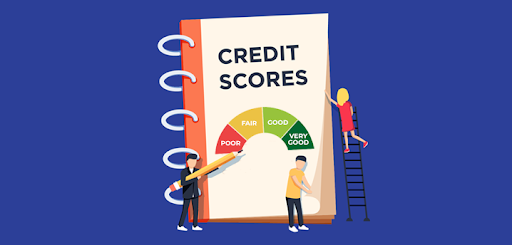Credit card debt is a prevalent issue affecting many individuals globally, including Canadians, who face significant challenges due to this financial burden. Balances can accumulate quickly with the ease of using credit cards for purchases and the high interest rates associated with them. In Canada alone, credit card balances reached record highs of $107.4 billion in the second quarter of 2023. This highlights the widespread challenge of credit card debt and the urgent need for effective solutions.
Impact of Credit Card Debt
Credit card debt arises when consumers spend more on their credit cards than they can afford to pay off in full. While credit cards provide immediate liquidity, they also come with high interest rates, which can exacerbate financial strain when balances remain unpaid. The revolving nature of credit cards allows consumers to carry over a balance month to month, but interest compounds on the unpaid amount, leading to rapid debt escalation.
For many individuals, the consequences of credit card debt extend beyond financial strain. Maxing out credit card limits or failing to pay balances on time can significantly damage one’s credit score. Credit utilization, which refers to the percentage of available credit used, is a key factor in determining a credit score. Credit scores decrease when credit card balances are close to the limit, making it harder to access future credit or loans. Furthermore, late or missed payments can worsen the situation, negatively impacting credit ratings and further diminishing an individual’s ability to secure future financial opportunities.
Effective Strategies for Managing Credit Card Debt
Addressing credit card debt requires a strategic approach, and several methods can be employed based on individual circumstances. One of the primary steps toward credit card debt relief is creating a strict budget. This budget should focus on reducing unnecessary expenses and allocating more funds toward paying down outstanding balances. By prioritizing debt repayment and cutting down on non-essential spending, individuals can gradually regain control over their financial situation.
In addition to budgeting, it’s also worth negotiating with credit card companies to potentially lower interest rates. Some companies may be open to lowering the interest rate for long-term customers or those who express financial hardship.
The Role of Debt Consolidation in CC Debt Relief
For individuals juggling multiple credit card balances, consolidating credit card debt is a practical solution. Debt consolidation involves combining multiple credit card debts into a single loan or payment plan with a lower interest rate. By doing so, individuals can simplify their repayment schedule, reduce the total interest they pay, and more easily keep track of their payments.
Several methods of debt consolidation are available, including:
- Debt Consolidation Loans: These loans are designed specifically to pay off multiple credit card balances. Typically, they come with lower interest rates than credit cards, making them an attractive option for those with good credit scores. By consolidating multiple debts into a single loan, individuals can focus on making one monthly payment, which reduces the complexity of managing their finances.
- Debt Management Plans: Non-profit credit counselling agencies offer debt management plans where they negotiate with creditors to secure lower interest rates or payment terms. This method benefits those who feel overwhelmed by credit card debt and want professional guidance on creating a repayment plan.
- Home Equity Loans: Homeowners may consider taking out a home equity loan to consolidate their credit card debt. These loans typically come with lower interest rates, but they use the home as collateral, which introduces some risk. While this approach can significantly reduce interest payments, it’s essential to ensure that the payments on the home equity loan are manageable to avoid potential foreclosure.
By reducing the interest rate, more of each payment goes toward paying off the principal balance, speeding up the debt repayment process and leading to faster cc debt relief.
Conclusion
Addressing credit card debt is vital for achieving long-term financial stability. Whether through debt consolidation, settlement, or developing a disciplined budget, there are multiple strategies for achieving debt relief.





Most Commented Posts